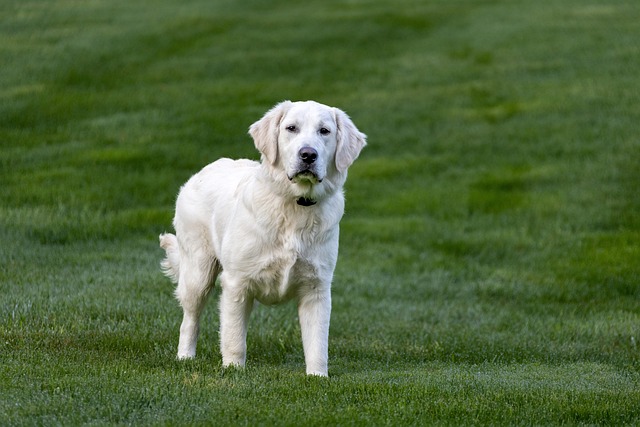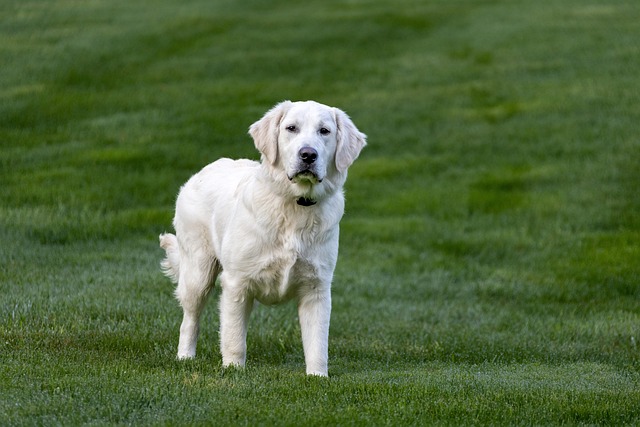
Will my dog lose weight if I feed him less?
Many dog owners notice their pup packing on extra pounds after switching to a more sedentary routine—maybe fewer trips to the park or extra treats from remote work snacking.
Balanced diet for dogs isn’t just about filling a bowl—it’s about matching nutrients to their age, breed, and activity level. A young Labrador retriever that loves daily hikes needs more protein and calories than a senior Pug who prefers napping on the couch. Many pet owners forget that even small changes, like adding too many table scraps, can throw off this balance and lead to weight gain or nutrient deficiencies.
It’s also crucial to stay compliant with local pet food regulations, which vary by region but often require products to meet specific nutrient standards. For example, in some areas, pet food labels must clearly list ingredients and guarantee minimum levels of protein and fat. Skipping this check could mean feeding your dog food that doesn’t meet their basic needs, putting their health at risk over time.
Including both dry kibble and wet food can be a good approach, but it’s important to choose options tailored to your dog’s life stage. Puppies need extra calcium for bone growth, while senior dogs may benefit from food with joint-supporting ingredients like glucosamine. Avoiding foods with artificial preservatives or excessive fillers is another key step—these add no nutritional value and can irritate sensitive stomachs.
 Watching portion sizes is just as important as choosing the right food. A common mistake is overfeeding, especially during training sessions when treats are frequent. Opt for low-calorie, nutrient-dense treats instead of leftover human food, and adjust daily meal portions to account for any treats given. This helps maintain a healthy weight and prevents obesity-related issues like diabetes or joint pain.
Watching portion sizes is just as important as choosing the right food. A common mistake is overfeeding, especially during training sessions when treats are frequent. Opt for low-calorie, nutrient-dense treats instead of leftover human food, and adjust daily meal portions to account for any treats given. This helps maintain a healthy weight and prevents obesity-related issues like diabetes or joint pain.
Finally, every dog is unique, so it’s wise to consult with a veterinarian or a certified pet nutritionist regularly. They can help you adjust your dog’s diet based on changes in their health, activity level, or age. Whether your dog has a food allergy or needs a special diet for a chronic condition, professional guidance ensures their diet stays balanced and supportive of their overall well-being.
A balanced diet for your dog is a mix of quality ingredients, proper portion control, and compliance with local regulations—all tailored to their individual needs. By taking the time to understand what your dog requires and making informed choices, you’re not just feeding them—you’re helping them live a longer, healthier, and happier life by your side.

Many dog owners notice their pup packing on extra pounds after switching to a more sedentary routine—maybe fewer trips to the park or extra treats from remote work snacking.

If you’ve noticed your dog struggling to keep up on walks or squeezing into their bed a little too tight, you might be wondering how to help them shed those extra 10 pounds—and how long it’ll take.

Balanced diet for dogs isn’t just about filling a bowl—it’s about matching nutrients to their age, breed, and activity level.

Bathing a dog in the bathtub doesn’t have to be a messy fight—with a little prep, it can even be a calm routine for both you and your pup.

I’ll start with a relatable scenario of a new owner struggling to keep their dog cool in hot weather, then explain how cooling bandanas work (and their limits) using science

Proper nutrition for a dog isn’t just about filling a bowl—it’s about matching their body’s needs to their age, size, and energy level.